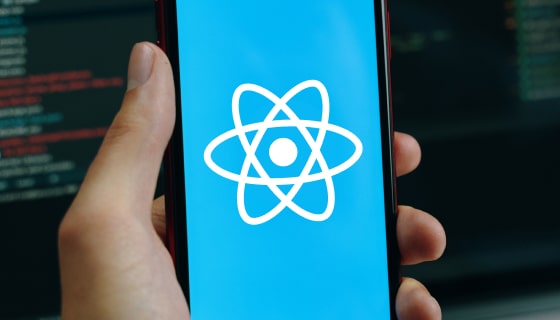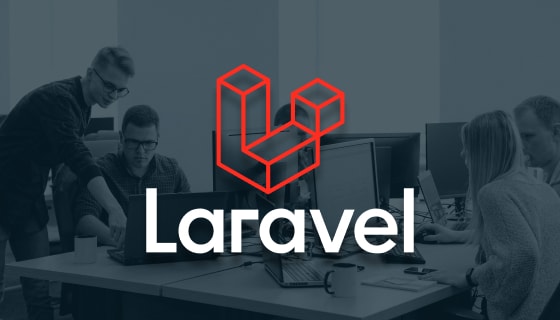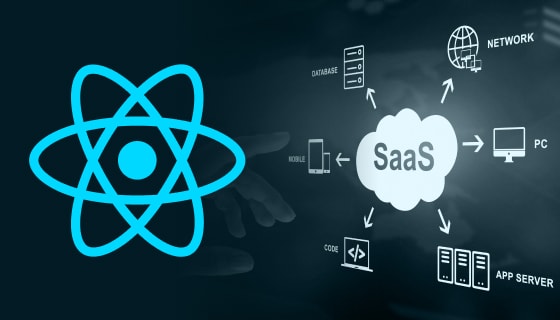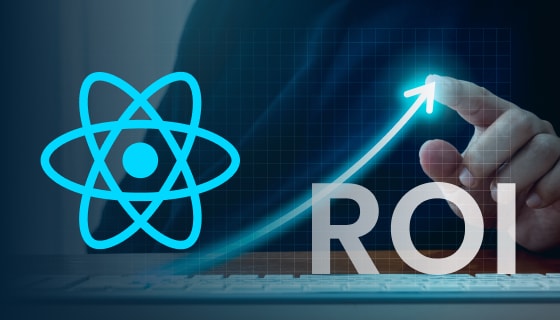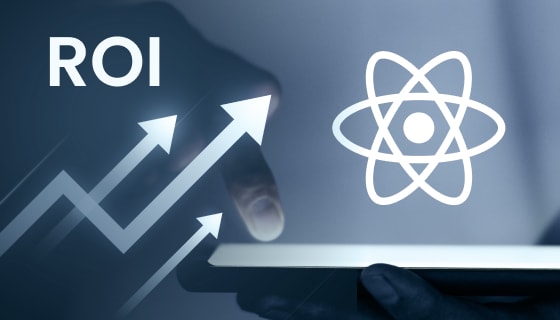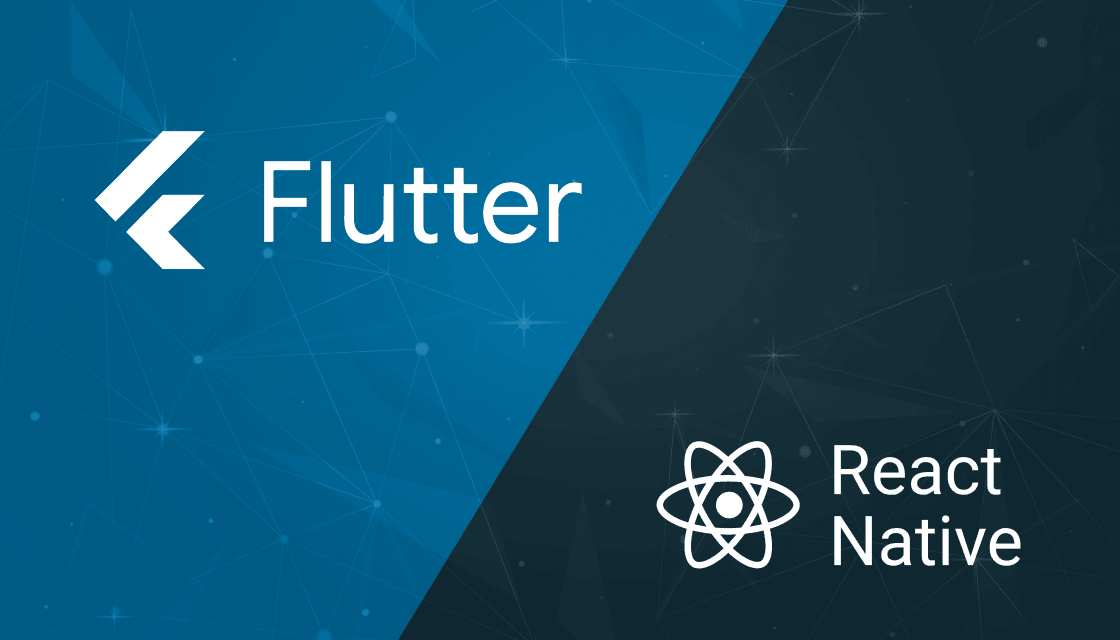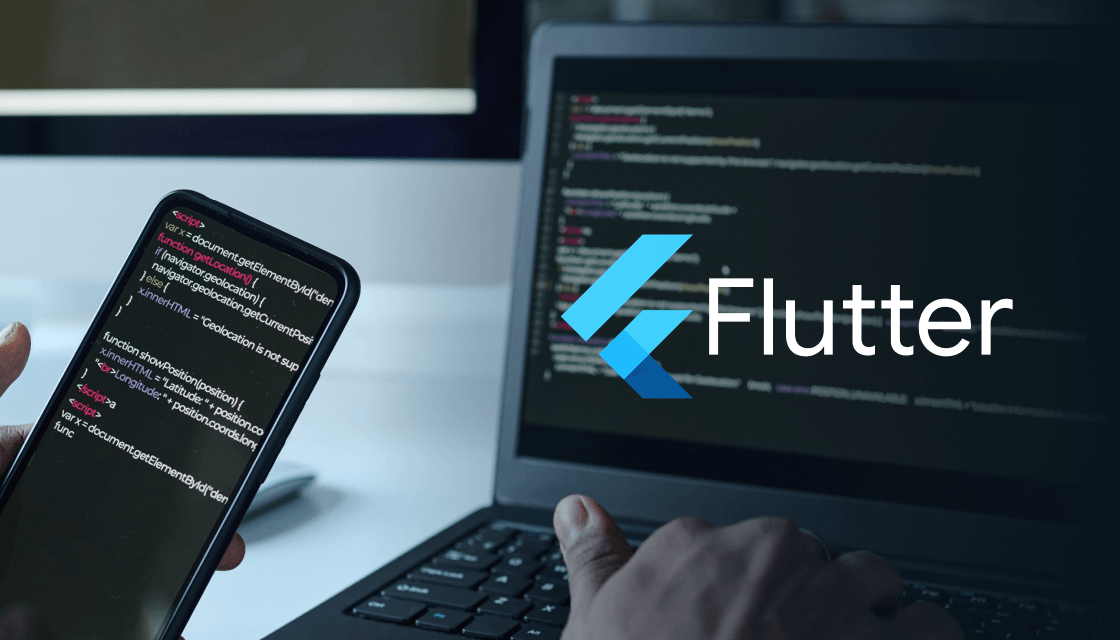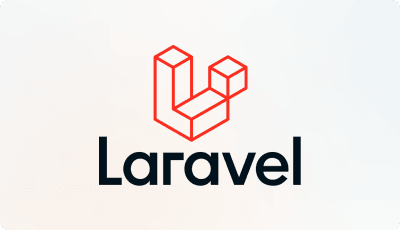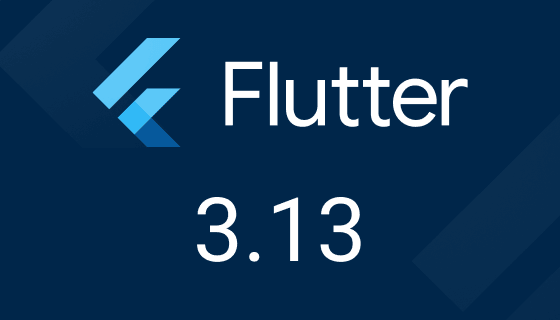GraphQL is a language that enables data communication between the client and the server. In simpler terms, the waiter who takes your order in a restaurant is GraphQL, the chef who prepares your order is the server, and you are the client. Just like a chef may not be able to perform the dual roles of a waiter and a chef, it is tedious for the server to cater to multiple requests from the client’s end.
The dual-task is possible as long as the restaurant has just about a handful of customers. However, as soon as the customer count increases, performing one task might also seem tedious.
The client usually requires multiple resources from the server, and more often than not, the server may only be able to respond with a single source, which makes the job completion long. GraphQL enables the task to be completed with ease and quickly. Facebook is the developer of GraphQL.
The platform receives around two million online users monthly. To cater to such larger API requests, it came up with an in-house query language that enables high speed and query customization. During one of its redesigning processes, it introduced the world to GraphQL.
Moreover, some major league players like – Airbnb, AWS, GitHub, IBM, PayPal, Shopify, Pinterest, Intuit, Coursera, and Twitter also use this API. More often than not, frontend and backend developers struggle to convey which data structure to fetch.
Such a struggle turns into a time-consuming task. Here is when GraphQL swoops in to save the day. It facilitates easy comprehension between the frontend developer’s needs and the backend developer’s task fulfillment.



